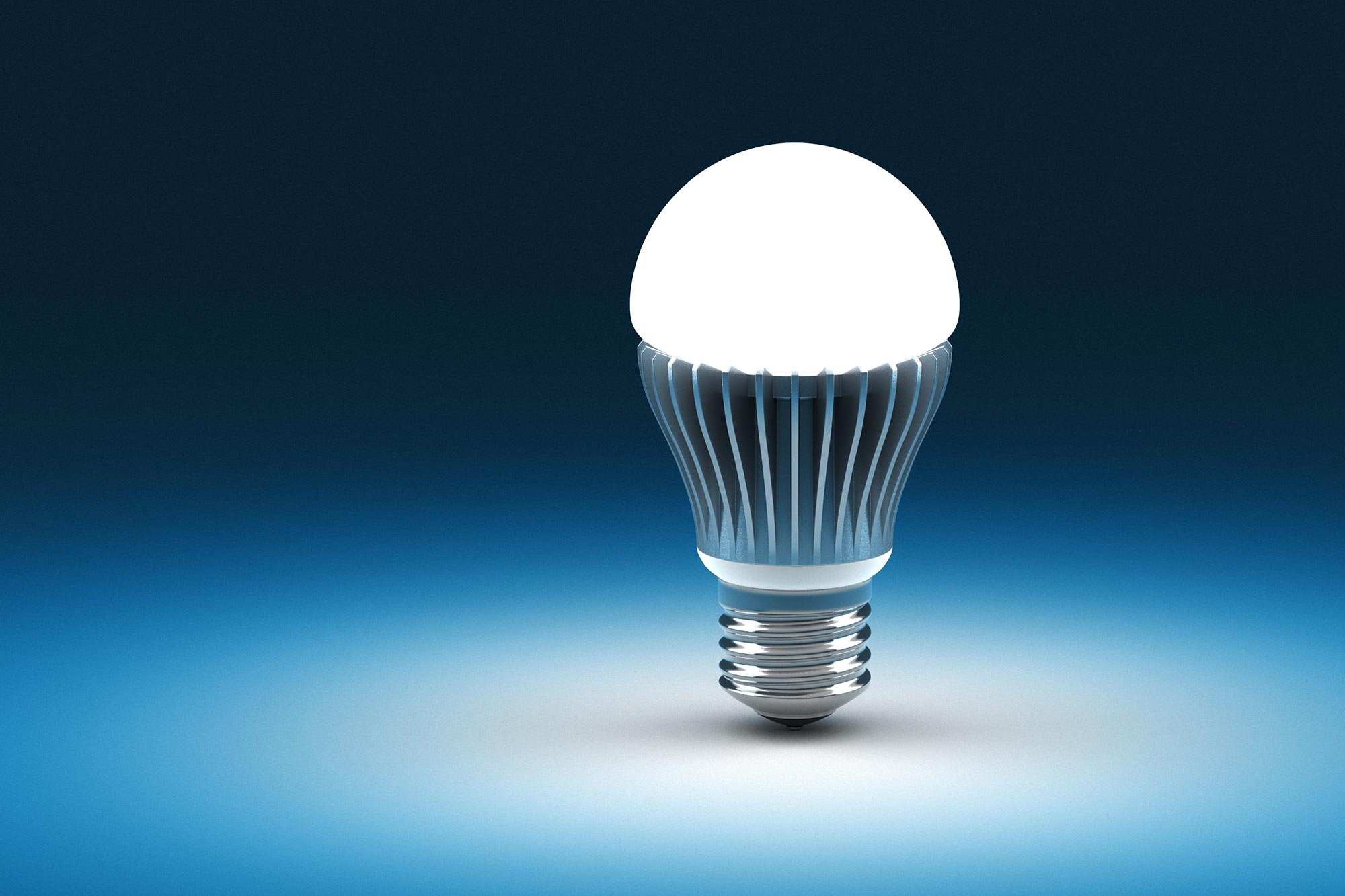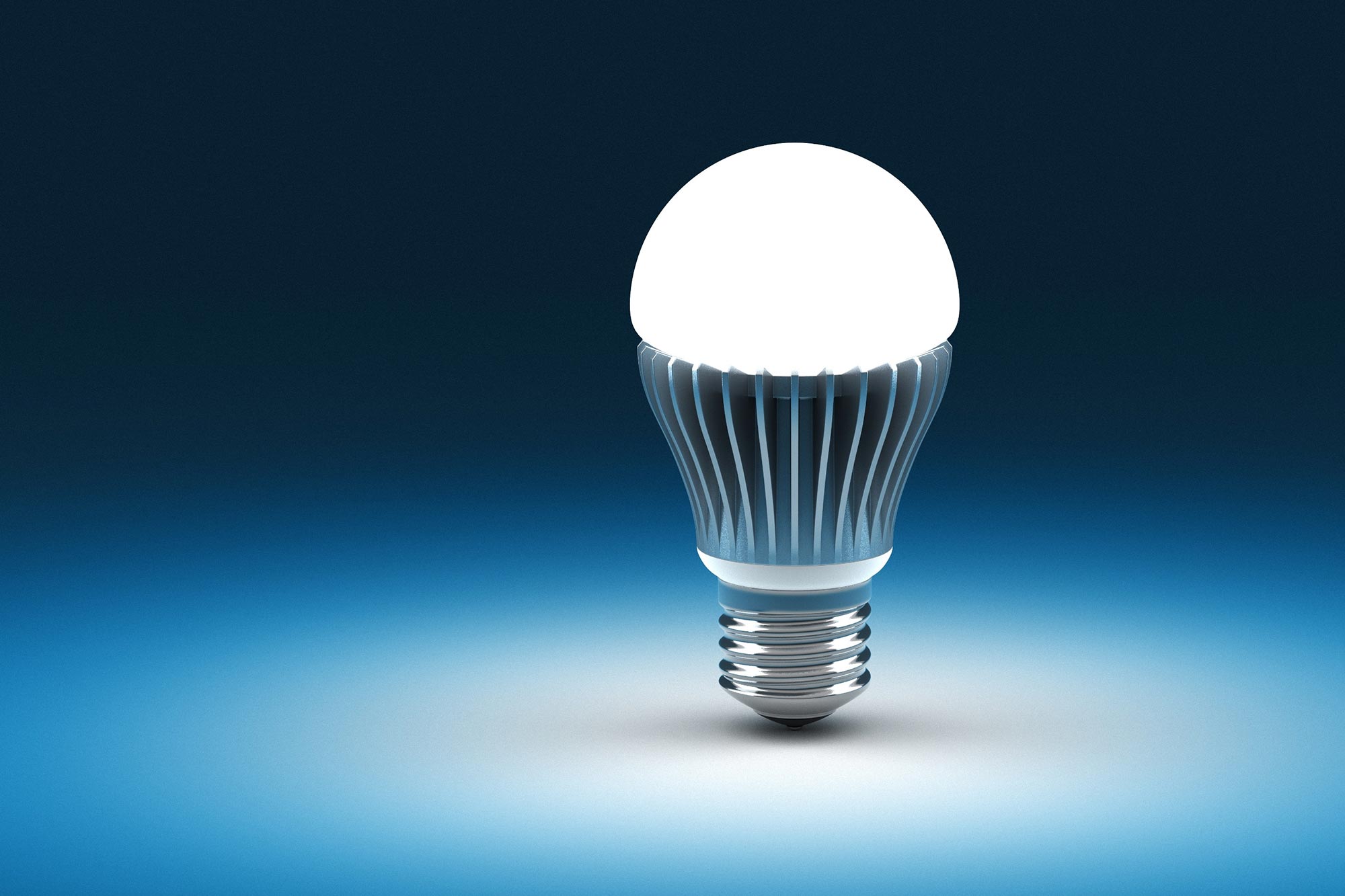
New smart light devices designed using quantum dots are more efficient, have better color saturation than standard LEDs, and can dynamically reproduce daylight conditions in a single light.
Researchers have designed smart, color-controllable white light devices from quantum dots – tiny semiconductors just a few billionths of a meter in size – which are more efficient and have better color saturation than standard LEDs, and can dynamically reproduce daylight conditions in a single light .
The researchers, from the University of Cambridge, designed the next-generation smart lighting system using a combination of nanotechnology, color science, advanced computational methods, electronics, and a unique fabrication process.
The team found that by using more than the three primary lighting colors used in typical LEDs, they were able to reproduce daylight more accurately. Early tests of the new design showed excellent color rendering, a wider operating range than current smart lighting technology, and wider spectrum of white light customization. The results are reported today (August 3) in the journal
Quantum dots have been studied and developed as light sources since the 1990s, due to their high color tunability and color purity. Due to their unique optoelectronic properties, they show excellent color performance in both wide color controllability and high color rendering capability.
The Cambridge researchers developed an architecture for quantum-dot light-emitting diodes (QD-LED) based next-generation smart white lighting. They combined system-level color optimization, device-level optoelectronic simulation, and material-level parameter extraction.
The researchers produced a computational design framework from a color optimization algorithm used for neural networks in machine learning, together with a new method for charge transport and light emission modeling.
The QD-LED system uses multiple primary colors – beyond the commonly used red, green, and blue – to more accurately mimic white light. By choosing quantum dots of a specific size – between three and 30 nanometres in diameter – the researchers were able to overcome some of the practical limitations of LEDs and achieve the emission wavelengths they needed to test their predictions.
The team then validated their design by creating a new device architecture of QD-LED based white lighting. The test showed excellent color rendering, a wider operating range than current technology, and a wide spectrum of white light shade customization.
The Cambridge-developed QD-LED system showed a correlated color temperature (CCT) range from 2243K (reddish) to 9207K (bright midday sun), compared with current LED-based smart lights which have a CCT between 2200K and 6500K. The color rendering index (CRI) – a measure of colors illuminated by the light in comparison to daylight (CRI=100) – of the QD-LED system was 97, compared to current smart bulb ranges, which are between 80 and 91.
The design could pave the way to more efficient, more accurate smart lighting. In an LED smart bulb, the three LEDs must be controlled individually to achieve a given color. In the QD-LED system, all the quantum dots are driven by a single common control voltage to achieve the full color temperature range.
“This is a world-first: a fully optimized, high-performance quantum-dot-based smart white lighting system,” said Professor Jong Min Kim from Cambridge’s Department of Engineering, who co-led the research. “This is the first milestone toward the full exploitation of quantum-dot-based smart white lighting for daily applications.”
“The ability to better reproduce daylight through its varying color spectrum dynamically in a single light is what we aimed for,” said Professor Gehan Amaratunga, who co-led the research. “We achieved it in a new way through using quantum dots. This research opens the way for a wide variety of new human responsive lighting environments.”
The structure of the QD-LED white lighting developed by the Cambridge team is scalable to large area lighting surfaces, as it is made with a printing process and its control and drive is similar to that in a display. With standard point source LEDs requiring individual control this is a more complex task.
Reference: “Optoelectronic System and Device Integration for Quantum-Dot Light-Emitting Diode White Lighting with Computational Design Framework” 3 August 2022, Nature Communications.
DOI: 10.1038/s41467-022-31853-9
The research was supported in part by the European Union and the Engineering and Physical Sciences Research Council (EPSRC), part of UK Research and Innovation (UKRI).
